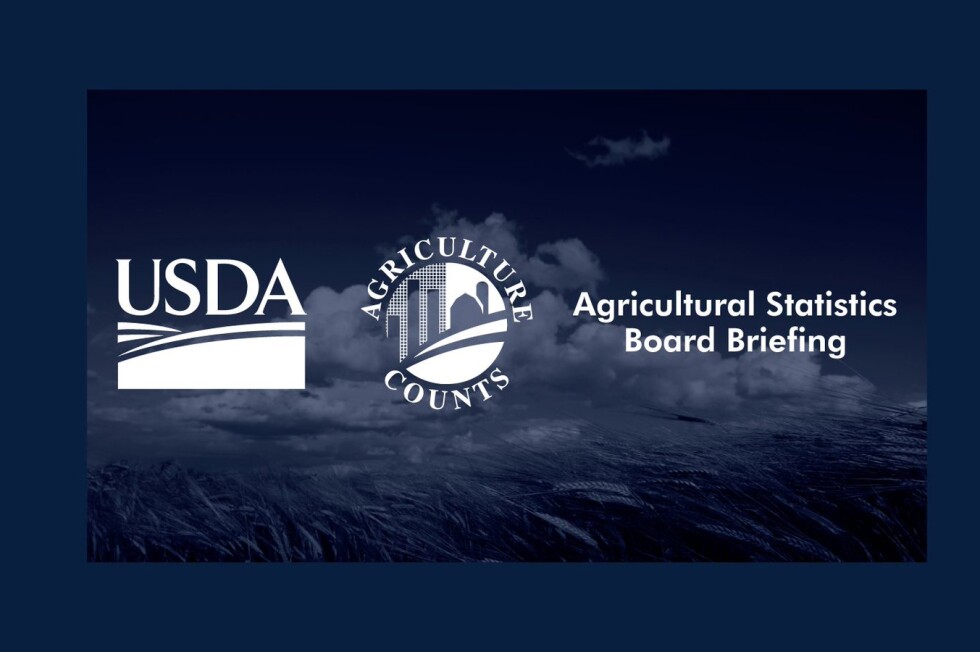In Custody Mille Lacs: The Untold Story You Need To Know
Hey there, friend. Ever heard about in custody Mille Lacs? Well, buckle up because we're diving deep into this topic like it's nobody's business. Picture this: a serene lake surrounded by lush greenery, but beneath its calm surface lies a tale of legal battles, Native American history, and some serious drama. Yeah, it's that kind of story that’ll keep you hooked till the end. So, what exactly is in custody Mille Lacs all about? Let me break it down for ya.
For those who aren’t familiar, Mille Lacs Lake is one of Minnesota’s crown jewels. But beyond its stunning beauty, it holds a complex history tied to tribal rights, fishing laws, and yes, custody issues. The phrase in custody Mille Lacs might sound strange at first, but it refers to the ongoing legal and cultural disputes surrounding the lake's resources. It’s not just about fish—it’s about identity, rights, and fairness. Stick around, and I’ll spill all the tea.
Now, you might be wondering why this matters. Well, my friend, understanding in custody Mille Lacs isn’t just about knowing the facts; it’s about appreciating the bigger picture. This story touches on themes like environmental conservation, Native American sovereignty, and the delicate balance between tradition and modernity. So, whether you’re a history buff, a nature lover, or just someone curious about the world, this article’s got something for you. Let’s dive in!
Read also:Krill Funeral Home Ohio A Comprehensive Guide To Honoring Your Loved Ones
What Does In Custody Mille Lacs Mean?
Alright, let’s start with the basics. When we talk about in custody Mille Lacs, we’re referring to the legal and cultural battle over who gets to control the lake’s resources. Think of it as a tug-of-war between the state government, local authorities, and the Mille Lacs Band of Ojibwe—a Native American tribe with deep ties to the area. The term “in custody” here doesn’t mean someone’s been arrested—it’s more about who has the right to manage and protect the lake’s ecosystem.
Here’s the kicker: Mille Lacs Lake is more than just a body of water. It’s a sacred place for the Ojibwe people, with centuries-old traditions tied to fishing, hunting, and gathering. But as the state’s population grew, so did the demand for access to the lake’s resources. This led to clashes over fishing rights, environmental regulations, and cultural preservation. It’s a messy situation, but one that’s worth understanding.
Why Is This Issue So Controversial?
Let’s break it down. The controversy surrounding in custody Mille Lacs boils down to three main factors:
- Tribal Sovereignty: The Mille Lacs Band of Ojibwe argues that their treaty rights give them exclusive access to the lake’s resources. They’ve been fighting for decades to protect their way of life.
- Environmental Concerns: Overfishing and pollution have taken a toll on the lake’s ecosystem. Both the tribe and the state are trying to find a balance between preservation and exploitation.
- Economic Interests: Let’s not forget the anglers, tourism operators, and local businesses that rely on the lake for their livelihood. They’re caught in the middle of this legal tug-of-war.
See? It’s not just about who gets to fish where—it’s about who gets to decide the future of this incredible natural resource.
A Brief History of Mille Lacs Lake
Before we dive deeper into in custody Mille Lacs, let’s take a quick trip back in time. Mille Lacs Lake has been a hub of activity for centuries, long before the first European settlers arrived. The Ojibwe people have called this area home for generations, relying on the lake for food, transportation, and spiritual connection.
In the 19th century, treaties between the U.S. government and Native American tribes reshaped the landscape. The 1837 and 1855 treaties granted the Ojibwe certain rights, including access to hunting and fishing grounds. But as the state’s population grew, these rights were often ignored or violated. It wasn’t until the late 20th century that the tribe began asserting its treaty rights in court.
Read also:Death Notices Rockland County Ny Your Comprehensive Guide To Remembering And Honoring Loved Ones
Key Legal Battles
One of the most significant legal battles in in custody Mille Lacs history is the 1999 Supreme Court case Minnesota v. Mille Lacs Band of Chippewa Indians. In this landmark decision, the court ruled that the tribe’s treaty rights were still valid, allowing them to continue traditional fishing practices on the lake. This victory was a major win for the Ojibwe, but it also sparked outrage among some non-tribal anglers who felt their access to the lake was being threatened.
Fast forward to today, and the debate is still raging. Both sides are working to find common ground, but it’s a slow and complicated process.
The Role of Tribal Rights
Tribal rights play a crucial role in the in custody Mille Lacs story. For the Mille Lacs Band of Ojibwe, the lake isn’t just a resource—it’s a lifeline. Their ancestors have fished these waters for generations, and their treaty rights are a testament to that connection. But what exactly are these rights, and why are they so important?
Treaty rights give the tribe the ability to regulate their own fishing practices, set limits on commercial fishing, and enforce environmental protections. This autonomy is vital for preserving their cultural heritage and ensuring the sustainability of the lake’s ecosystem. However, it’s also a source of tension with non-tribal groups who feel their access is being restricted.
Understanding Treaty Rights
To understand in custody Mille Lacs, you need to grasp the concept of treaty rights. These agreements, made between Native American tribes and the U.S. government, outline specific privileges and protections. For the Ojibwe, these rights include:
- Access to traditional fishing grounds
- Control over fishing methods and quotas
- Authority to enforce environmental regulations
These rights aren’t just about fishing—they’re about maintaining a connection to the land and preserving cultural traditions.
Environmental Challenges Facing Mille Lacs
Now, let’s talk about the elephant in the room: environmental challenges. Mille Lacs Lake is facing some serious issues, from overfishing to pollution. These problems aren’t new, but they’re becoming more urgent as the lake’s ecosystem shows signs of strain.
One of the biggest concerns is the decline in walleye populations. Walleye is not only a popular fish for anglers but also a staple in the Ojibwe diet. Both the tribe and the state are working to address this issue, but it’s a delicate balancing act. They need to ensure that fishing practices are sustainable while also respecting cultural traditions.
Conservation Efforts
Thankfully, there are some positive developments in the world of in custody Mille Lacs. Both the Mille Lacs Band of Ojibwe and the Minnesota Department of Natural Resources (DNR) have implemented conservation measures to protect the lake’s resources. These include:
- Setting stricter fishing limits
- Monitoring water quality
- Restocking fish populations
While these efforts are promising, they’re just the beginning. Long-term solutions will require cooperation from all stakeholders.
The Economic Impact of In Custody Mille Lacs
Let’s talk dollars and cents for a minute. The in custody Mille Lacs debate isn’t just about legal or cultural issues—it’s also about economics. The lake supports a thriving tourism industry, with anglers, boaters, and campers flocking to the area every year. But the legal battles over fishing rights have created uncertainty for local businesses.
Some anglers feel that tribal fishing practices are harming the lake’s walleye population, which could drive away tourists. On the other hand, the tribe argues that their traditional methods are more sustainable in the long run. It’s a classic case of short-term vs. long-term thinking.
Supporting Local Communities
One thing everyone can agree on is the importance of supporting local communities. Whether you’re a tribal member, a small business owner, or a tourist, the health of Mille Lacs Lake affects us all. That’s why it’s crucial to find solutions that benefit everyone involved.
Some ideas for supporting the local economy include:
- Promoting eco-friendly tourism practices
- Investing in sustainable fishing technologies
- Encouraging collaboration between tribal and non-tribal groups
By working together, we can ensure that Mille Lacs remains a vibrant and thriving ecosystem for generations to come.
How You Can Get Involved
So, what can you do to make a difference in the in custody Mille Lacs story? There are plenty of ways to get involved, whether you’re a local resident or just a concerned citizen. Here are a few ideas:
- Stay informed about the latest developments in the legal and environmental battles surrounding the lake.
- Support organizations working to protect Native American rights and preserve natural resources.
- Practice responsible tourism by respecting local regulations and traditions.
Your actions, no matter how small, can help create a brighter future for Mille Lacs Lake.
Making a Difference
Change doesn’t happen overnight, but every step counts. By educating yourself and others about the issues surrounding in custody Mille Lacs, you’re contributing to a larger movement for justice and sustainability. So, go ahead and spread the word—this story needs to be heard.
Conclusion: The Future of In Custody Mille Lacs
Well, there you have it—the story of in custody Mille Lacs in a nutshell. It’s a complex and fascinating tale that touches on issues of tribal sovereignty, environmental conservation, and economic development. While there’s no easy solution to these challenges, one thing is clear: the future of Mille Lacs Lake depends on all of us working together.
So, what’s next? It’s up to you to decide how you want to get involved. Whether you choose to support local businesses, advocate for Native American rights, or simply spread awareness, your actions can make a difference. And hey, if you’ve got any thoughts or questions, drop a comment below. Let’s keep the conversation going!
Table of Contents
- What Does In Custody Mille Lacs Mean?
- Why Is This Issue So Controversial?
- A Brief History of Mille Lacs Lake
- Key Legal Battles
- The Role of Tribal Rights
- Understanding Treaty Rights
- Environmental Challenges Facing Mille Lacs
- Conservation Efforts
- The Economic Impact of In Custody Mille Lacs
- Supporting Local Communities
- How You Can Get Involved
- Making a Difference
- Conclusion: The Future of In Custody Mille Lacs



